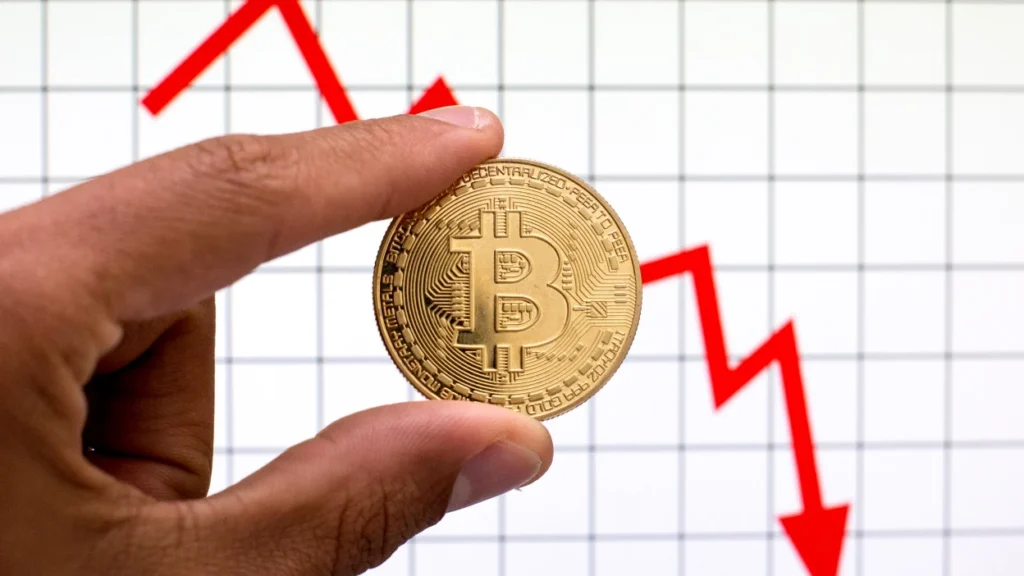Recent economic indicators in the United States have raised concerns of stagflation, casting a shadow on the crypto market, especially Bitcoin. Prominent crypto trader ELJA highlights key trends that point to a challenging economic environment, including disappointing GDP statistics and a significant rise in core inflation.
Fear of stagflation looms
According to prominent cryptocurrency trader ELJA, the US GDP report of 1.6% was significantly lower than expected, underscoring the weakness of the economy. At the same time, the U.S. core personal consumption expenditures (PCE) index jumped from 2% to 3.7%, representing an 85% increase.
This dual trend of slower growth and higher inflation is a typical indicator of stagflation, a scenario in which an economy experiences low growth along with rising prices.
However, concerns about stagflation pose a unique challenge for the Federal Reserve (FED). During economic downturns, the Fed typically cuts interest rates to stimulate growth.
Primarily, during periods of rising inflation, the Fed resorts to raising interest rates to control price increases. However, in stagflation, where both conditions exist simultaneously, monetary policy makers find themselves in a precarious position.
Bitcoin could face a crash
On the other hand, ELJA is similar to historical periods of stagflation, particularly the 1970s and 1980s, when stock markets experienced significant declines. If history repeats itself, cryptocurrencies like Bitcoin, which are often affected by traditional market movements during turbulence, could face increased selling pressure.
Upcoming major events: FOMC meeting
The Federal Open Market Committee (FOMC) meeting scheduled for four days later is extremely important as it will determine the direction of short-term monetary policy. The decisions taken at this meeting are likely to have a significant impact on both traditional financial markets and the crypto sector in the coming months.
The crypto market remains tense as investors await the outcome of the FOMC meeting, closely monitoring economic indicators and trends that could impact market sentiment and asset prices.


